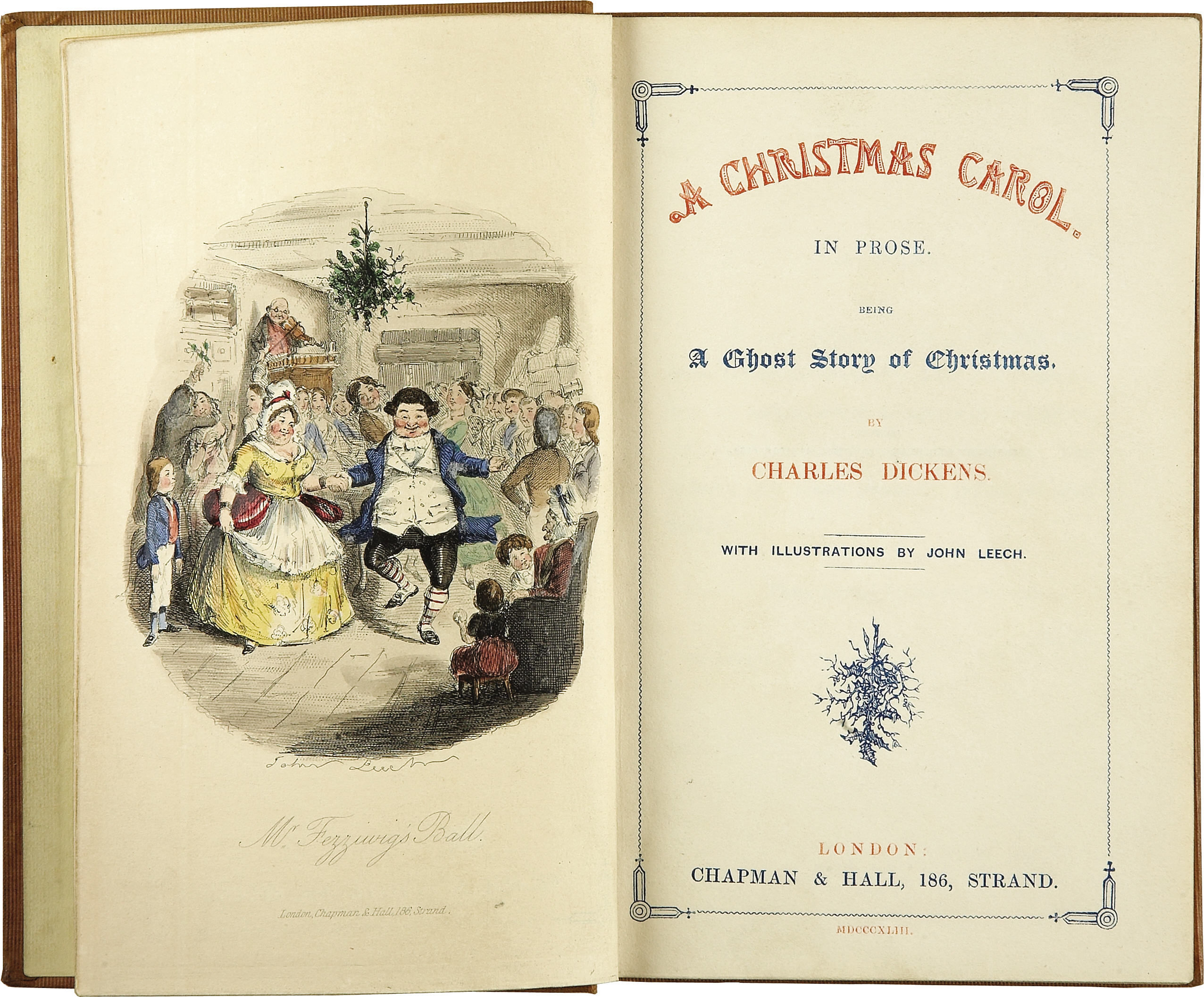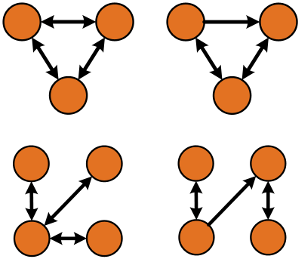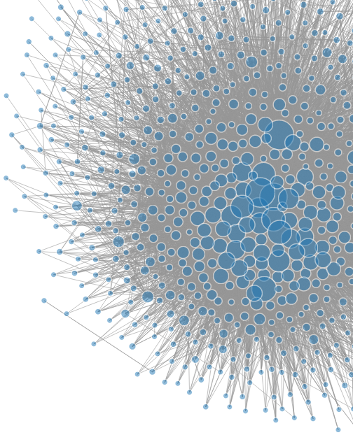Blog archive
Christmas Carol and other eigenvectors
Dec 15, 2014
This blog post marks day 15 of the amazing F# Advent Calendar. Christmas is getting closer - soon we will have time to relax and perhaps read a nice book. Do you know who wrote the classic Christmas story, ‘A Christmas Carol’? All sources claim it was Charles Dickens, but how can we be sure? I’ll look at how this book compares to other books he wrote in terms of the language used in the books.

Introducing Ariadne: F# library for Gaussian processes
Sep 15, 2014
For my academic research, I recently wrote a library in F# for fitting basic Gaussian process regression that I used to model time-series gene expression data. I am releasing the code publicly as an Ariadne package. In its current state, you can use the library to model various time-series data. Gaussian processes are probabilistic models for random functions. Ariadne package implements basic Gaussian processes for supervised nonlinear regression. In general, Gaussian processes are used to model functions $ f : X \rightarrow Y$ when we have noisy observations of function values $y_i$ at locations $x_i$

Comparing F# and C# with dependency networks
Jun 9, 2014
Fans of different programming languages always argue about benefits of their language of choice. It is difficult to use objective criteria in a debate like this. Terms like ‘clarity’ or ‘maintainability’ are too vague and subjective. What if we used some tools from network science to compare projects written in different languages? In this blog post I use network analysis to investigate how complex dependency graphs are and if they differ between C# and F#.

Who's the most central? F# network on Twitter
May 12, 2014
Have you ever wondered who you should follow on Twitter to get more interesting F# content? Recently I’ve written a chapter on social network analysis for the new F# Deep Dives book. The chapter shows how to download data on social connections from Twitter and how to do some exploratory data analysis, such as finding accounts that people find worth following.
I worked with a network around the F# Software Foundation’s account. What emerged is a nice picture of how F# community looks on Twitter and which users are the most central to the network. Since the results are quite interesting, I’d like to share them with wider F# community.
